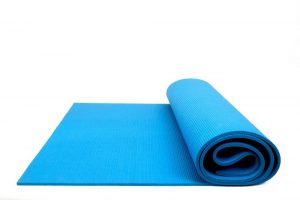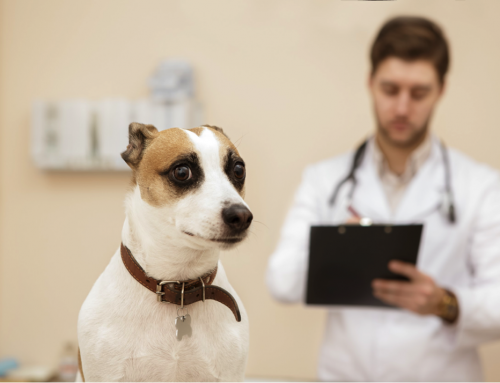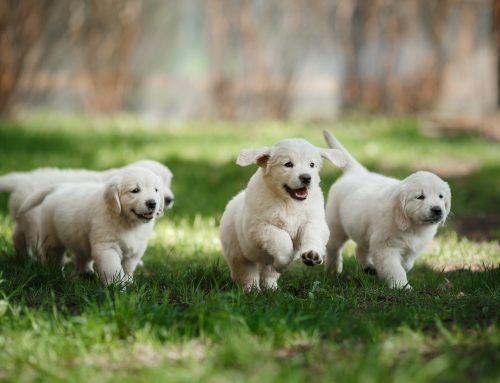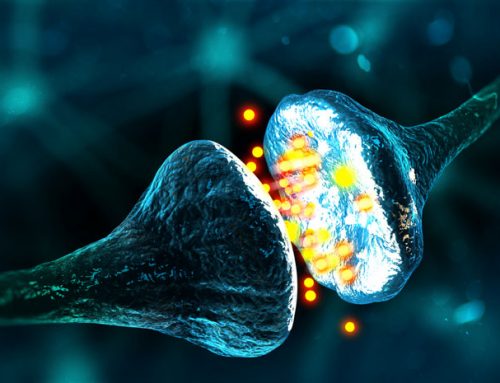When we are providing veterinary care to pets at one of our Vets Heart Pets hospitals, so much of the interaction is based on touch. How we greet them, how we examine their heart. How we listen to their lungs. How we look over their skin. Touch is truly a magical thing – in ourselves we can recognize the calming effect it has on us when done skillfully or lovingly. Animals respond the same way. There are different ways we can use touch to provide a calming environment for your pet – from the way we handle them, to the tools we use, and everything in between. The trick is to understand how different kinds of touch create different kinds of experiences.
Handling

Poor handling during examinations and procedures is a leading cause of stress during veterinary visits. It is a large part of why many dogs and cats seem to have a sense of dread when they perceive an event associated with going to the vet – such as a car ride, a cat carrier, or other triggers.
We carefully train our staff to use touch to create a calming and low stress environment for every pet who walks through our doors. This requires a deep understanding of a pet’s physiology – which points in their body create discomfort or anxiety when touched, and which points can be used to create a more comfortable experience. Through better understanding their body, we can work with your pet’s instinctual responses, instead of against them.
This is useful throughout the visit. These techniques dictate how we approach pets (such as straight on versus laterally), how we hold different parts of their body, how we administer blood draws, vaccines, and more. These handling techniques are powerful for a couple important reasons.
First, your pet’s stress levels are lowered. Stress levels impact your pet’s physiological systems – such as their heart rate, blood pressure, and body temperature. These are the same systems that veterinarians rely on to investigate whether a health issue exists. Heightened stress levels can cause veterinarians to believe a health issue exists when it is really just heightened stress levels, or worse, mask an existing health problem.
Second, you may notice in yourself – when you are stressed, it is really difficult to enjoy yourself! We believe, passionately, that your pet’s emotional well-being matters. We know how much your companion means to you, and it is important to us that your pet’s quality of life and their happiness is always protected and prioritized.
Medical and Comfort Aids

Anyone who’s been to a Doctor’s office knows that tools can seem cold, sterile, and uncomfortable. Almost as though they were designed for a cold robot instead of a warm human! We give meticulous thought to every way your pet experiences physical touch within our hospitals, and it means a stark departure in the tools that we use in order to create as positive, calming, and nourishing of an environment as possible.
Hard surfaces are often uncomfortable for pets – especially older patients or those with joint issues, such as arthritis. You may have noticed that your older pet has a difficult time on tile floors and struggles with traction. Not here! We use yoga mats in order to help older or injured dogs to keep their footing and balance. For smaller patients, we actually use memory foam bath mats.
Because we believe your pet deserves to feel comfortable whenever possible, we have eschewed the traditional rectal thermometers (hey, we wouldn’t like it either!) for a scientifically- validated, veterinary- specific ear thermometer. We also have towel warmers which we provide for our feline friends to calm them during exams, the medicating process, or in their kennel. Cats love a nice warm towel, and it’s a small and effective way of always putting your pet first.

Low stress handling techniques is just one way that we reduce stress levels in dogs and cats during their veterinary visits. But there are even more incredible and scientifically grounded ways we can do that! This includes using pheromones throughout your pet’s visit to lower stress levels, strategically employing treats at the proper times, minimizing contact with other animals, using special equipment, and more!
So stay tuned, as we have a lot more to share! In the end, we hope to create communities of happier people, happier pets, and stronger bonds between the people and pets we care so deeply for.
Love,
The Vets Heart Pets Team







Leave A Comment